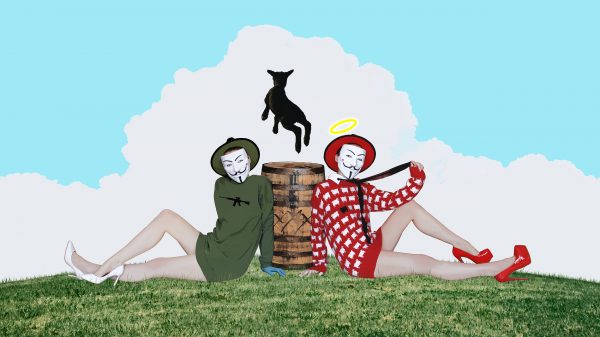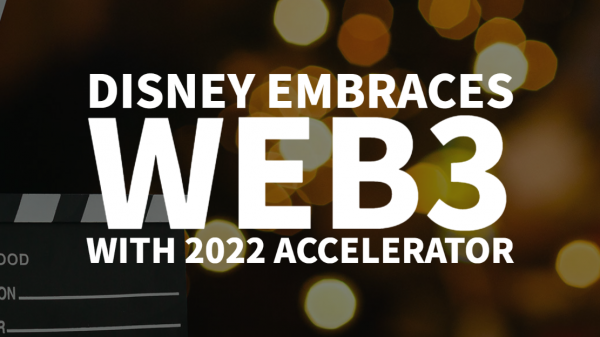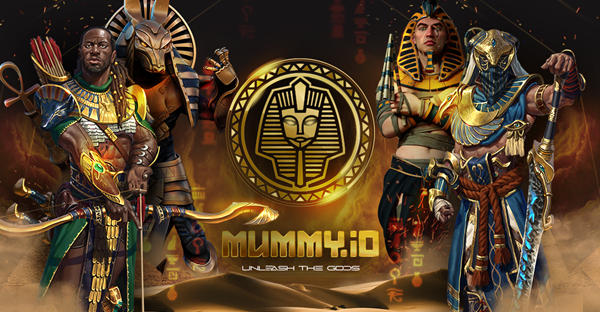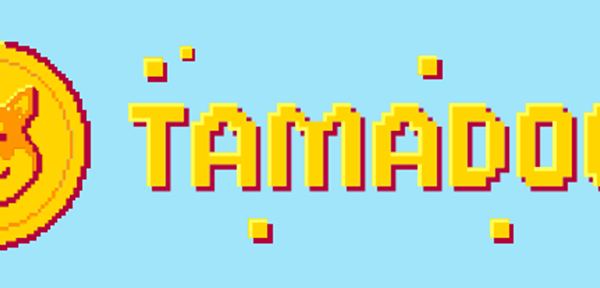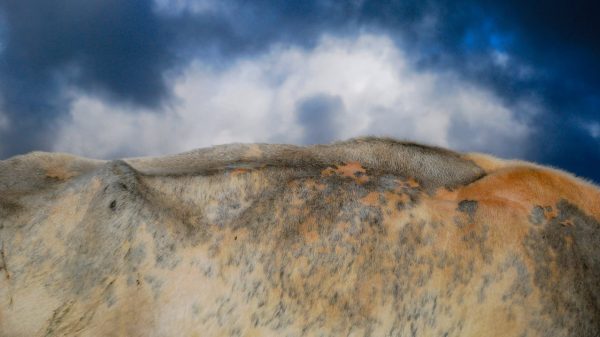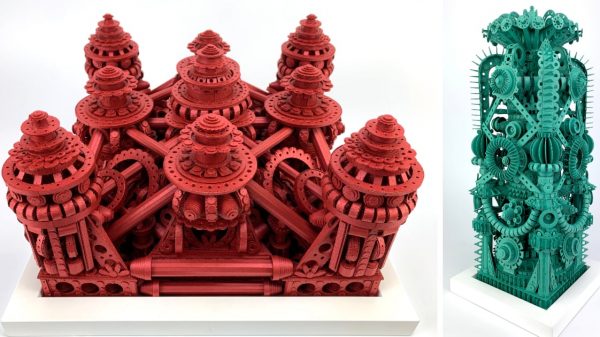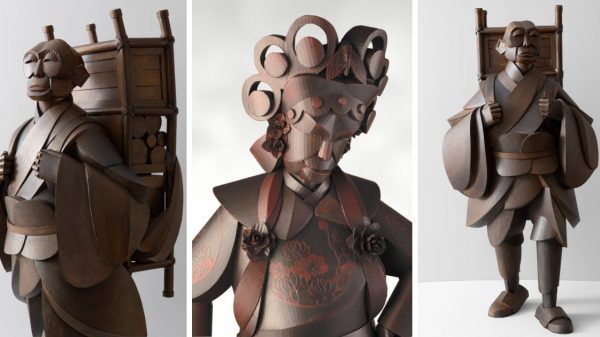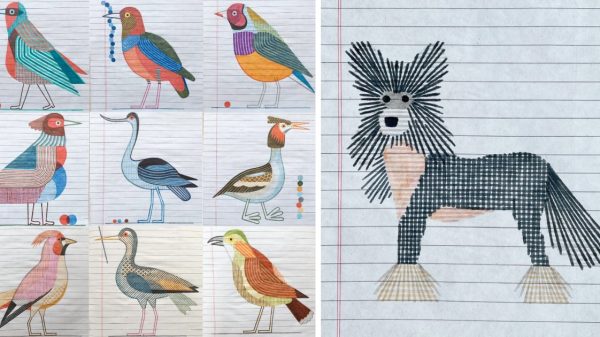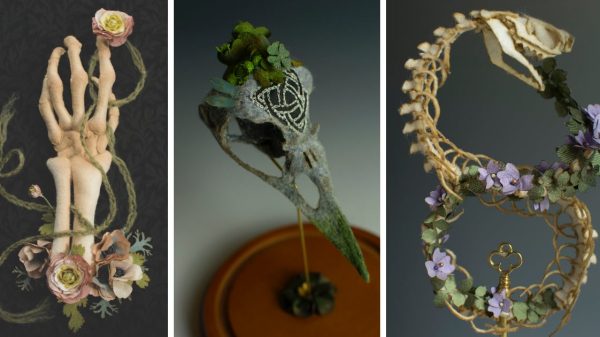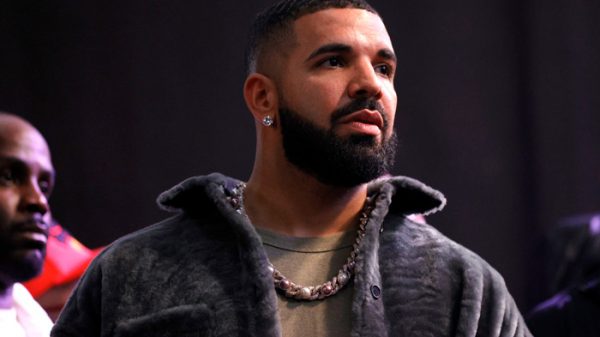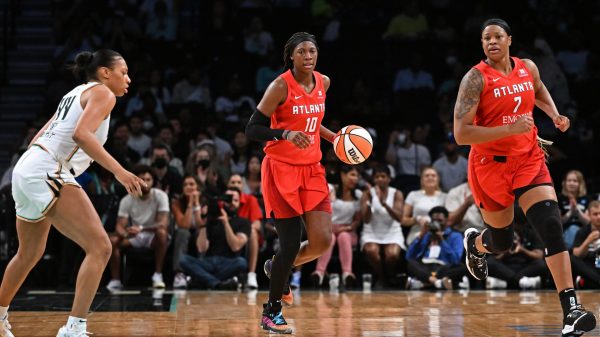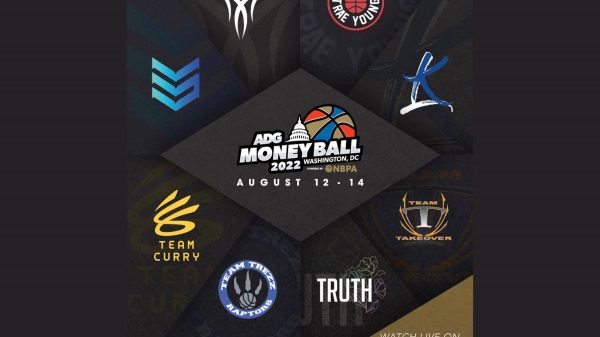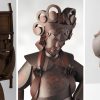Article from: NFT Now
Like many Web3 technologies, decentralized autonomous organizations have the potential to disrupt and transform the way that corporations, organizations, and nonprofits traditionally operate. But in the last year, decentralized autonomous organizations (DAOs) have made national headlines, garnering attention from investors, operators, and scientists alike.
But what makes DAOs so special? In this guide, we’ll walk you through the steps for DAO creation, important decisions to consider, and best practices for successful operation. However, first we need to talk about what a DAO really is.
“A DAO (a decentralized autonomous organization) is a type of organization that is run on the blockchain through the use of smart contracts. The smart contracts lay out the rules that govern the DAO and are used to execute decisions. Unlike traditional businesses and organizations, where decisions are governed by centralized primary shareholders, DAOs are operated by a community of token holders. All governance token holders in a DAO are able to vote and have a say in key decisions. If a proposal achieves a predefined level of consensus (like a certain number of votes), it is accepted and executed according to the rules within the smart contract.”
In theory, DAOs should act as a more ethical and transparent way to operate organizations. Not only do they eliminate the need for centralized, hierarchical decision-making, but they also successfully align incentives among all stakeholders. This upgrades users and contributors of the organization into genuine investors and owners. By opting for community ownership, DAOs allow those who are actively working in the organization to have a say in critical decisions regarding its future.
But, while successful DAOs do create a circular ecosystem that operates without a single individual having the final say, it’s important to note that all DAOs still contain orders of power. In most DAOs, an individual’s contribution level is often rewarded with governance tokens. Those who contribute the most also hold the most governance tokens, and therefore the highest reputational voting power.
“It’s important to determine the amount of risk you are willing to take on from the start,”said Kacher, in an interview with nft now. “DAOs bring great opportunity for growth, but at the risk of losing control without proper fundamentals.”
Compared to corporations and formal organizations, DAOs also bring sizable security risks. Web3 is still very much a wild west, and we’ve seen even the most iron-clad smart contracts get hacked. So, before moving forward in your DAO formation, you must have a team of skilled developers and multiple risk mitigation plans in place.
Before forming or transitioning to a DAO structure, one must focus on two core areas: purpose and utility. It’s important to note that DAOs are neither practical nor favorable for all use cases, and many areas still need improvement.
To do so, ask yourself, “Is a DAO needed to achieve this goal?” If the answer is yes, then proceed to the next question. “How would our organization benefit from being able to coordinate trustlessly on the blockchain and align incentives through a complex tokenomics system?”
Only then, once you have answered both questions, should you consider the following areas of development.
Community and founding team
At the heart of every successful DAO lies a strong community. And at the heart of every strong community lies a core DAO formation team. When building this team, it’s essential to take the time to find the right partners. This group should go beyond being passionate about the mission you want to solve. They should also be dedicated to following through to the long-term horizon to bring about its greatest potential.
It’s best to select members with similar perspectives, but different and complementary skill sets. You’ll need someone with the technical Web3 know-how to serve as a key member, but conventional fields like economics, marketing, operations, and community management are also crucial to a DAO’s long-term success. We also highly recommend seeking advice from an attorney to ensure that you are compliant with all legal and financial requirements, especially if you plan to issue a native DAO token.
In most DAOs, tokens are used to either reward members, vote on proposals, unlock access to other benefits, or a combination of the three. Before continuing, you should consider what purpose your tokens will serve in your DAO. Will they be used to vote on the direction of the organization? Will they hold inherent value? Can they be further staked for additional yield?
As for allocation, it’s imperative to find the right balance between incentivizing and rewarding your community, while also having enough funds in the community treasury to make progress towards larger goals. Again, we can’t overemphasize the importance of speaking to an attorney throughout the token creation process to ensure safety and legal compliance.
While it’s technically relatively easy to create a DAO, running one successfully is an entirely different story. So a handful of successful DAO creators and core members spoke with nft now, and explained their thoughts on the most important Do’s and Don’ts when approaching DAOs.
“Getting a group of people together and acting with a DAO ethos is an incredibly powerful signal that building a DAO is worth the time,” Commodore told us. “I always recommend finding 100 people via Twitter, Discord, or a podcast to see if there’s momentum in the idea. If there is, then explore as a collective how to become a DAO.”
Make sure your community feels heard and understood at all times. This necessity stretches far beyond governance and voting proposals and should include in-person feedback, Discord conversations, Twitter discussions, and more.
As most DAOs are global communities, founders should invest in scalable, accessible, and manageable communication platforms to support various languages and content mediums.
When starting Fire Eyes, Turley made sure to take a simple, and realistic approach.
“Think practically and focus on a very small number of people,” he said.
The same thing applies when considering a tokenomics structure. While it can be fun to incorporate functions like staking, burning, and game theory, there is no reason to launch things that you don’t understand. It’s much better to take a slow and steady path to success rather than try to do everything at once.
Although hierarchy is still present in all DAOs, it’s important to eliminate the ability of a single voice or authority to dictate key decisions. Kacher credits the designing of thoughtful leadership infrastructure within Alterrage as a beacon of its success.
“At Alterrage we don’t have one single leader, but rather seven different spheres (ex: atelier, tech, web3 architecture, etc.) that focus on core areas of the business. Each sphere is led by one ‘guide’ with additional help from three support leaders that are all equally trained. Without training or a form of leadership, members of vague DAO communities are often lost and leave out of frustration.”
“Part of the beauty of innovation & disruption is that new tools are built, humans then use these tools for all sorts of different needs in their lives,” added Commodore. “We’re just in an early phase of exploring this powerful new tool, so it’s still too early to know which things make good or bad fits. I’m just excited to see so many people try it out because we’ll collectively make more progress quickly as we collect wins.”
The post How You Can Launch the Perfect DAO for the Web3 World appeared first on nft now.
source
Article from: NFT Now


